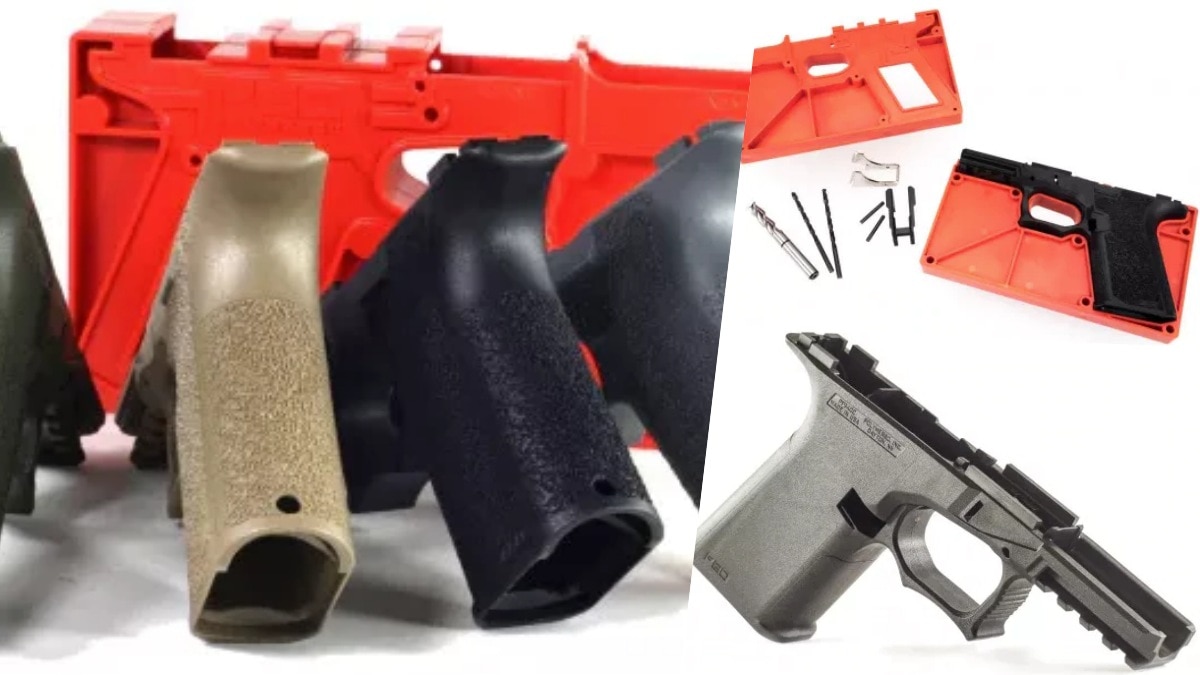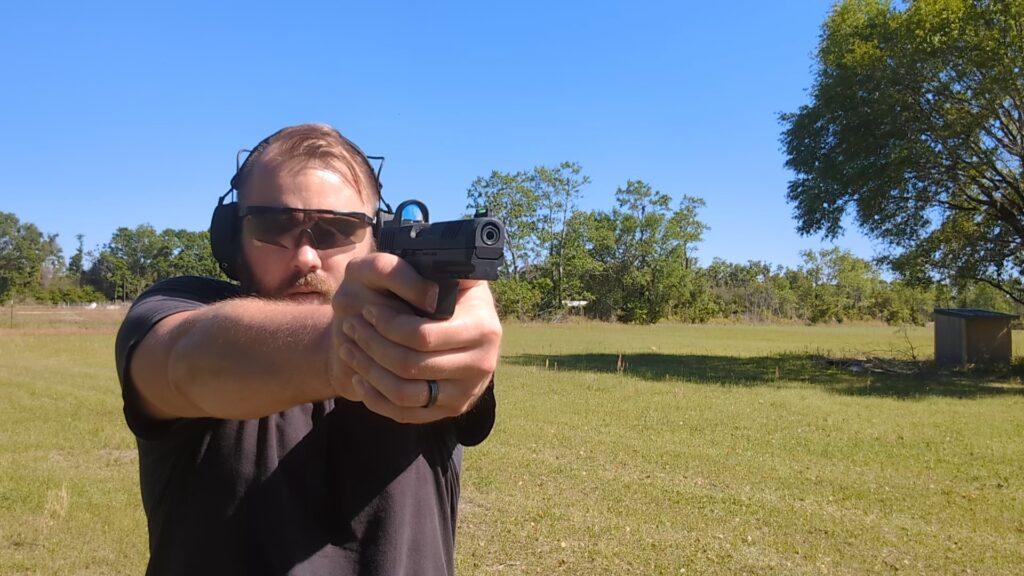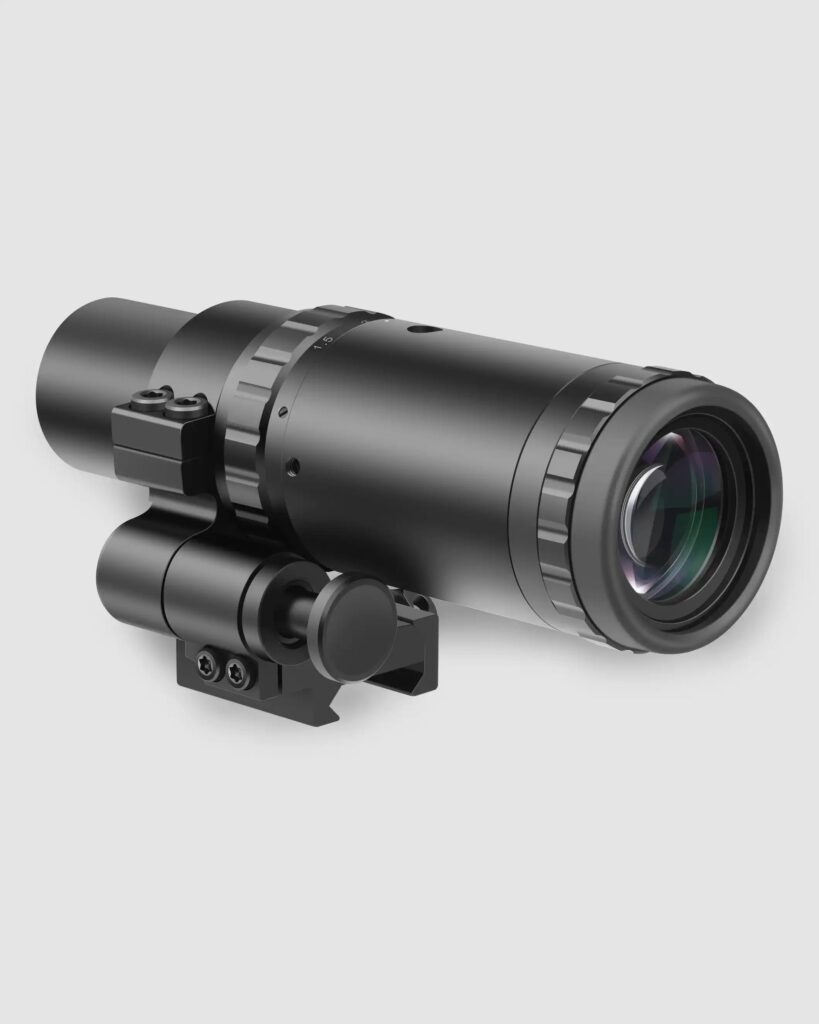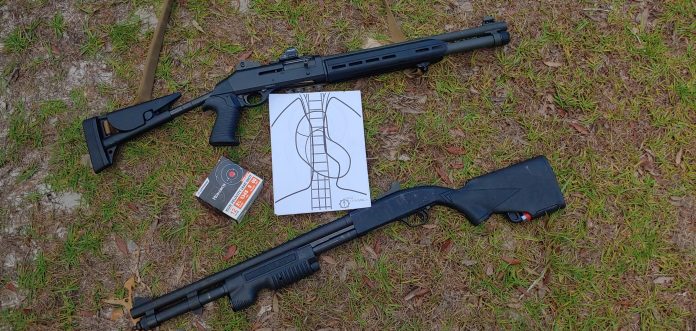UPDATE: The ATF has opened comments on the Rule Change Here. Be sure to click through and leave a comment. Be respectful, write your own. Copy/Paste or profane comments can and will be discarded by the ATF.
TheReload.com has a 107 page pdf that appears to be the current draft proposal of the ATF’s response to Biden’s requirement that they “do something” about Ghost Guns.
Read the whole draft – click this text.
Advertisement — Continue Reading Below
In short, it appears they are drastically expanding the definition of what is a “frame or receiver” by saying, ‘well… in 1968 guns kinda usually had one receiver, so this whole notion that Glock and Sigs and AR’s have working parts housed in two receivers is blowing our minds a little…’
Under the GCA and implementing regulations, the term “firearm” includes:
“(A) any weapon (including a starter gun) which will or is designed to or may readily be
converted to expel a projectile by the action of an explosive.” 18 U.S.C. 921(a)(3); 27
CFR 478.11 (emphasis added). Although weapon parts kits in their unassembled,
incomplete, and/or unfinished state or configuration generally will not expel a projectile
by the action of an explosive at the time of sale or distribution, weapon parts kits that are
designed to or may readily be converted to expel a projectile by the action of an
explosive are “firearms” under the GCA. – Proposed Definition Change.
No, seriously. Page 5 and 6 of the draft is basically just saying that under older firearm designs picking the receiver was easier. They go onto say that the old regulations were “never meant to be exhaustive” so they can make up new ones. It then goes into how “newer” firearms like the AR-15 (whose origin starts a decade prior to the GCA so there is no reason they should have missed that development) don’t have parts that necessarily fit the definition of receiver but the regulatory bodies picked the part that best “fit” the definition of frame or receiver, usually the part that help many of the fire control components. But one part was designated the receiver and controlled as ‘the firearm’ under law.
Advertisement — Continue Reading Below
It then goes on to highlight just how easy it is to make a unserialized receiver, which is legal to do, but that is now “untraceable” … which makes sense too, considering it was home built. They made it themselves, trace over. PG 11, 12, and 13 cover this.
The line I’m dying over is, “An accurate firearm description is necessary to trace a firearm…” yet when I gave an exact definitive description and serial number to law enforcement after a theft it was completely lost in the reporting by the time the second officer involved (that I interacted with) was talking to me to confirm. “Accurate” was clearly not a priority in that reporting.
ATF traces firearms found by law enforcement at a crime scene by first contacting the licensed manufacturer or importer marked on the frame or receiver who maintains permanent records of their manufacture or importation and disposition. Using the information obtained from those required records, ATF then contacts each licensed dealer or other licensee who recorded their receipt and disposition to locate the first unlicensed purchaser to help find the perpetrator or otherwise solve the crime.–PG 13
Advertisement — Continue Reading Below
How many crimes are we confused on? Felon in possession is not predicated on a firearm having a serial number, it is that a working firearm was in the possession of the felon. Similar goes for homicide or aggravated assault/assault with a deadly weapon, how many of these are hanging out there as cold cases because a serial number dead ended an investigation?
Page 12 quotes the number of found “PMF’s” (Privately Made Firearms) that have been reported as being found in conjunction with crimes (23,906) but not one has been listed as having stalled an investigation, including the 325 connected to homicide/attempted homicide.
Isn’t that what we are worried about, that serial numbers missing are going to stump law enforcement? Doesn’t seem like they are very stumped if they’ve found so many of them in connection to crimes.
Advertisement — Continue Reading Below
Then it goes into FFL A&D records, commonly known as ‘Bound Books’ these are the federally auditable inventory of an FFL, and PMF’s not having serial numbers means the rules are even more vague on whether or not a firearm can go into their book. They can, but no serial numbers are traditionally associated with much older guns (it happens, serial numbers were more about inventory tracking than criminal tracking) while these PMF’s are new production.
Serial numbers are required (and an 07/02 FFL) if someone or some company want to commercially build firearm inventory for sale. But selling a personal non-serialized firearm that wasn’t built for profit is kind of a *shrug* “nobody is really sure, do the best you can” *shrug again* situation when it comes to record keeping.
And so on and so forth…
Advertisement — Continue Reading Below
Anyway, I have no verification the draft is authentic. It looks authentic. We saw this prior to the bump-stock public comment period and that draft was spot-on. So I’m guessing this is more of the same, it may even be a “testing the waters” type of “leak” *wink* to get public comment going prior to the actual DRAFT draft being publicly commented upon in an official sense.
I don’t know… but man do they love themselves some trace reports, by this reading.















